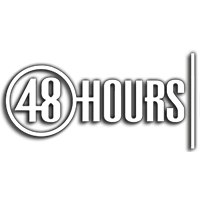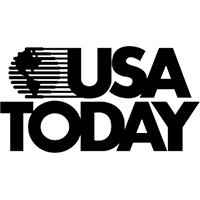Rates of prescription drug abuse have grown among all Americans in the past 20 years, but adolescents are at particularly high risk. Today’s teens seem to be turning away from cigarettes and tranquilizers. Still, they are using prescription opioids, heroin, and stimulants at higher levels, according to figures from the National Institute on Drug Abuse. In 2009, nearly 10% of high school seniors had used prescription opiates for non-medical purposes in the past year, with thousands of teens developing prescription drug abuse. Parents wondering why adolescents are more likely to try prescription drugs should consider the following factors:
 1. Emotional pressures of adolescence.
1. Emotional pressures of adolescence.
The teenage years are a turbulent time. Hormonal changes during puberty cause teens to feel emotions very intensely. Adolescents can swing from intense joy to overpowering sadness very quickly, and they have not yet learned how to manage their emotions effectively. Prescription pain pills provide an outlet for these emotions. Popping pain kills causes teens to experience a euphoric high feeling that allows them to escape their emotions for a while.
2. Adolescents have not achieved full brain development.
The brain doesn’t finish maturing until a person is in the early- to mid-20s. Important white matter tracts, the brain’s information highways, are among the last areas to develop. As a result, adolescents are drawn to risky behaviors and have difficulty controlling their impulses. Trying prescription drugs may seem like a fun idea, and teens often cannot comprehend the serious consequences of drug addiction, including progression to more serious drugs like heroin.
3. Social pressure from peers.
With approximately 1 in 10 high school seniors using prescription drugs non-medically, chances are your teen knows someone who has tried using Vicodin or Percocet to get high. Peer pressure can be a powerful force in a teenager’s life, and some adolescents try pain pills for the first time because a friend offers them. Attending parties may be particularly dangerous, as some adolescents simultaneously use alcohol and prescription painkillers, which can have serious medical effects.
For over 26 years, people from all over the world have chosen Waismann Method as their opioid detox provider.
We know the challenges you face and the importance of creating a unique and personal experience for you right from the start.Call for Detox Options 1-800-423-2482
4. Family conflict and broken homes.
Divorce, remarriage, step-siblings, or parents dating are common facets of today’s teens’ lives. Even the most well-adjusted teenager may struggle with changing family situations. Trying prescription drugs is just one of several ways that teens may test boundaries with parents or engage in risky behaviors.
5. Prescription drugs provide numbing.
Being a teenager can be tough, and teens often believe that no one can understand how they feel. During times of intense emotions or difficulties in school, using prescription drugs can provide a source of numbing. This may be particularly relevant for kids who feel marginalized at school or are experiencing significant conflict at home.
6. Easy access to prescription medications.
Doctors prescribe more opiate painkillers than ever, making it easy for adolescents to get a hold of pain pills. Of the high school seniors who said they had used prescription opiates in the past year, approximately half said they got them from a friend or relative. It is easy for teens to search through a medicine cabinet or find a friend with a prescription, making prescription opiates a constant source of temptation.
Prescription Drug Abuse Treatment
Prescription drug abuse is particularly problematic because it may open doors to heroin and other illicit opiates. A medical detox such as rapid opiate detox can be a valuable option, allowing the reversal of opiate dependence. Individualized treatment for adolescent prescription drug abuse is essential to prevent long-term social and personal ramifications of rehab in adolescents.
Source
What is the scope of prescription drug misuse?.
Where can I get further information about prescription drug abuse?





